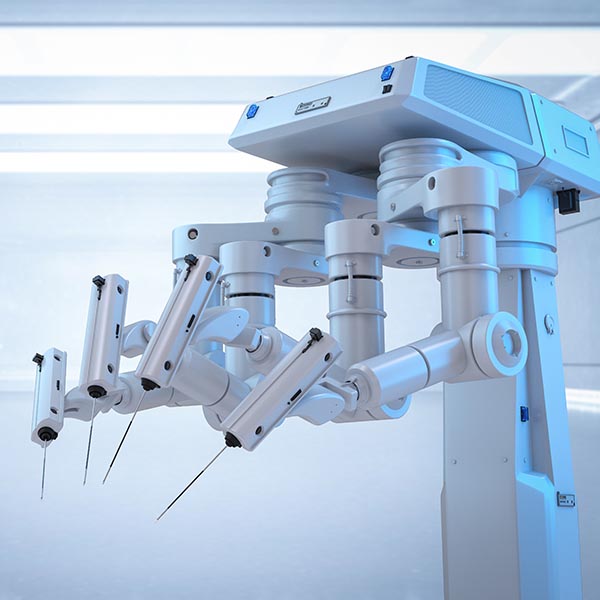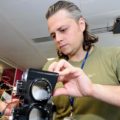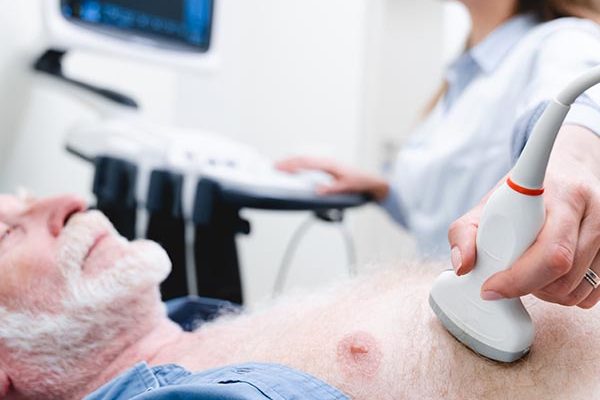A next generation surgical robotics platform for ultra-minimally invasive surgery via a single port, offering bimanual haptic control and enabling autonomous surgical tasks.
Proposed use
Minimally invasive endo-surgical, pelvic, abdominal, and thoracic procedures, for example urologic, gynaecological and hepatobiliary procedures among others.
Problem addressed
Although Laparoscopy has become a surgical practice gold standard, laparoscopic instrument handling is challenging and counterintuitive when compared to open surgery (e.g., indirect visualization via a laparoscope, fulcrum effect, the lack of haptic feedback).
While current commercially available robotic-assisted surgery (RAS) systems allow intuitive instrument handling, immersive 3-D visualization and precise bimanual dexterity, the adoption of RAS systems is still rather limited notably because of their high capital cost, large footprint in the operating room/long setup times and lack of haptic feedback to the surgeon. Therefore a need exists for a system combining the benefits and sensation of open surgery and minimally invasive solution offered by RAS.
Technology overview
Parallel actuators
Allowing surgical instruments to be manipulated within an anatomical cavity. The actuators are directly connected via mechanical linkages (cables/tendons) to one or multiple over-tubes for instruments.
Exchangeable surgical instrumentation
The over-tubes allow for attachment of one or multiple instruments. These include compatibility with any commercially available flexible surgical instrument and endoscope.
Micro ports
Offering a direct pathway for transferring forces and motion between the external actuators and the surgical instruments within the anatomical cavity, reducing friction and increasing positional and force sensing accuracy. The use of needle-sized (~1 mm diameter) ports enables access without creating or leaving visible scars.
External Scaffold/Vest
A lightweight external modular scaffold, in close contact with the patient’s anatomy to fixate the actuators and any additional sensors/instruments. The spatial arrangement and angulation of the actuators and ports, and the size and rigidity of the scaffold/frame can be easily modified and controlled based on the type of surgery required.
Benefits
- Ultra-minimally invasive (scar-less) surgery
- Dexterity & force exertions
- Sensitivity (haptic feedback, safe autonomous motion)
- Fast conversion to open surgery
- Workspace customisability for wide range of surgical applications
- MRI compatible
- Cost-effective and reduced footprint
Development stage
- Proof-of-concept stage (TRL-3) demonstrating concept feasibility
- Lab based tests demonstrating instrument dexterity and high-force sensitivity.
- Design optimization software developed for procedure-dependent workspace customisation
- Animal studies to be conducted
Intellectual property information
PCT Patent Application (WO2019207322) published.





